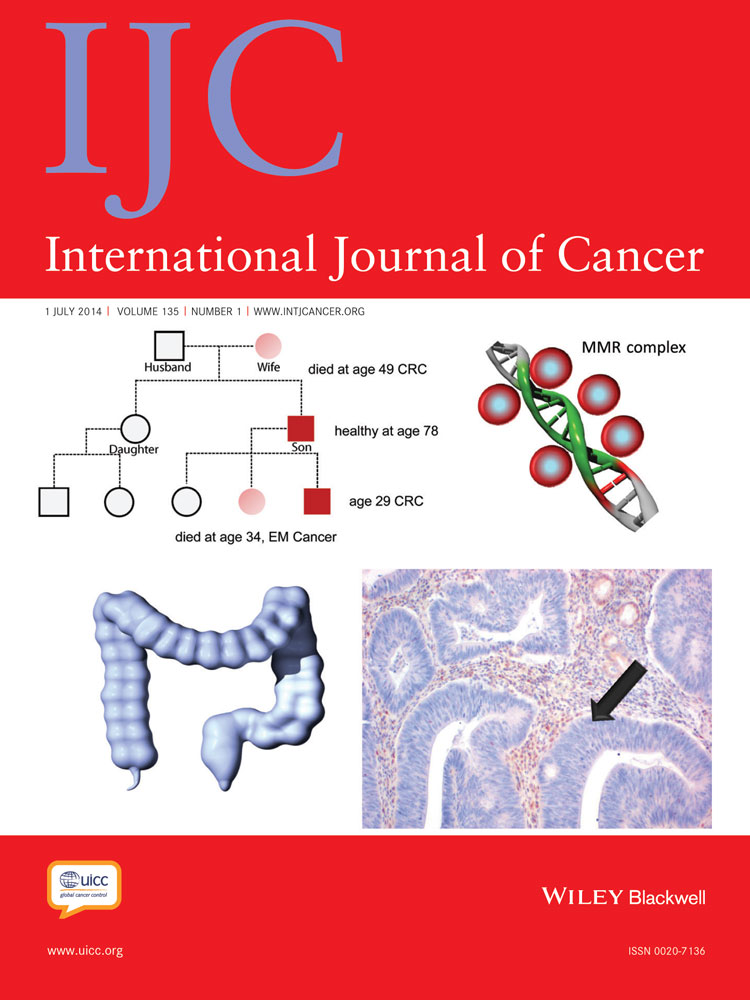A comparison of relative and cause-specific survival by cancer site, age and time since diagnosis
Abstract
Relative survival (RS) estimates are widely used by cancer registries, mainly because they do not rely on the well-documented deficiencies of cause of death information. The aim of our study was to compare 5-year cause-specific survival (CSS) estimates and 5-year RS estimates for different cancer sites by age and time since diagnosis, and discuss possible reasons for observed differences. Using data from the Cancer Registry of Norway, we identified 200,008 patients diagnosed with cancer at one of the 48 sites included in this analysis during the period 1996–2005, and followed them up until the end of 2010. CSS estimates were calculated (i) considering cause of death to be the cancer that was originally diagnosed and (ii) considering the cause of death to be a cancer within the same organ system. For most cancer sites the difference between CSS and RS estimates was small (<5%). The greatest differences were seen for rarer cancers such as mediastinum and Kaposi sarcoma. Including deaths from the same organ system in the calculation of CSS further reduced the differences for many sites. For younger age groups and shorter time since diagnosis, RS and CSS estimates tended to be similar, whereas CSS estimates tended to be lower than RS estimates with longer time since diagnosis in the oldest age groups. When compared to RS estimates CSS estimates were reliable for most of the cancer sites included in our analysis. There are, however, some exceptions where CSS estimates may not be recommended, including for rarer cancers and for patients aged 85 and above.
Abstract
What's new?
Two measures commonly used to estimate the average prognosis of cancer patients at the population level are cause-specific survival (CCS) and relative survival (RS) estimates. RS estimates are widely used by cancer registries because the accuracy of the cause of death obtained from death certificates has long been called into question. The aim of this study was to compare CSS and RS estimates for different cancer sites, age groups, and time lengths since diagnosis. When evaluated against RS, CSS was reliable for most of the cancer sites. CSS may however not be recommended for rare cancers and patients over 85.




